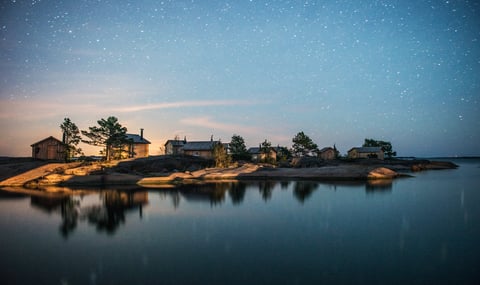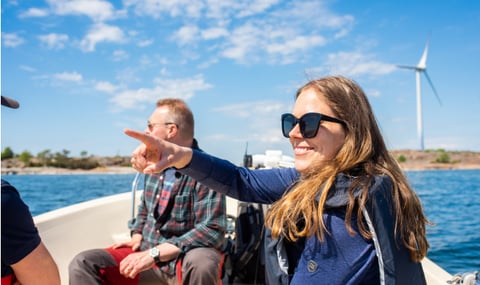Bomarsund-Prästö
Regler och Anvisningar för fiskevattnet
Landskapsregeringens Allmänna regler för fiske
Bomarsund-Prästö tillåter fiske från land med handredskap.
Begränsningar i område. Finns det fredade delar av området
Notviken är fredat för fiske året runt
Begränsningar i tid. Vilka datum finns begränsningar
Under perioden 15.4 –15.6 är det förbjudet att från strand idka spinnfiske och annat fiske med drag från land.
Begränsningar i arter, storlekar.
Landskapsregeringens Allmänna regler för fiske
Begränsningar i antalet fiskar som får tas upp
Begränsningar i antalet fiskare i området per dag
Utplantering av yngel, vilka och antal
Årligen: Gädda 30 000
Sik 3 000
Öring 1 500
Finns båtramp
Finns tankningsställe
Pris:
Dagkort 8 €
Veckokort 25 €
Försäljningsställen
- Fiskekort.fi
- Knallen, Finby under öppethållningstider
- Puttes Camping under öppethållningstider
- Fiskarboden, Mariehamn under deras öppehållningstider




